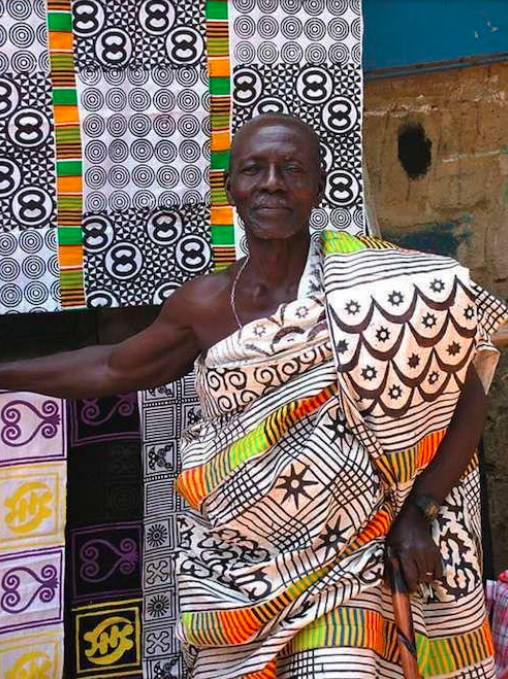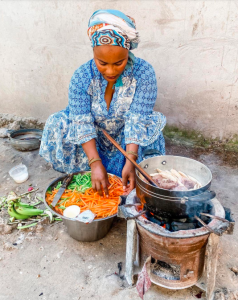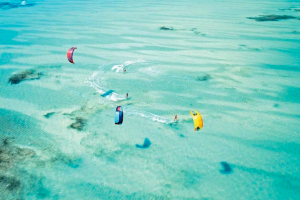Before exploring the local culture of Jambiani, it is important to understand the history of Tanzania. Tanzania is a country located in East Africa, bordered by Kenya and Uganda to the north, Rwanda, Burundi, and the Democratic Republic of Congo to the west, and Zambia, Malawi, and Mozambique to the south. Tanzania is home to over 100 ethnic groups, each with its own unique culture, language, and traditions.
Tanzania was under colonial rule for many years, first by Germany in the late 19th century, and later by Britain after World War I. Tanzania gained its independence in 1961, and has since made significant strides in economic and social development. Today, Tanzania is known for its rich cultural heritage, stunning natural beauty, and friendly people.
One of the best ways to experience the local culture of Jambiani is through traditional music, dance, and cuisine. The people of Jambiani are known for their love of music and dance, and there are many opportunities to see traditional performances throughout the village.
One of the most popular forms of traditional music in Jambiani is Taarab. Taarab is a genre of music that originated in Zanzibar in the early 20th century and is characterized by its use of Arabic and Swahili lyrics, violins, and other traditional instruments. There are many Taarab groups in Jambiani, and visitors can often hear their music being played late into the night.
In addition to music and dance, Jambiani is also known for its delicious cuisine. The local cuisine is a fusion of African, Indian, and Arabic influences, and is characterized by its use of spices and fresh seafood. Visitors to Jambiani can try traditional dishes such as biryani, pilau, and ugali, as well as fresh grilled fish and seafood served with coconut rice.
Perhaps the best way to gain a deeper understanding of Zanzibar’s rich heritage is to interact with the friendly locals. The people of Jambiani are known for their warm hospitality and are always eager to share their culture with visitors.
One way to interact with locals is to visit the Jambiani Cultural Tourism Programme. The programme offers a range of cultural activities, including guided village tours, cooking classes, and traditional dance performances. Visitors can also stay in a local homestay, where they can experience daily life in Jambiani and learn from their hosts.
Another way to interact with locals is to attend one of the many festivals and celebrations that take place throughout the year. The most popular festival in Jambiani is Mwaka Kogwa, which is celebrated in July or August and includes traditional dance performances, music, and games.





